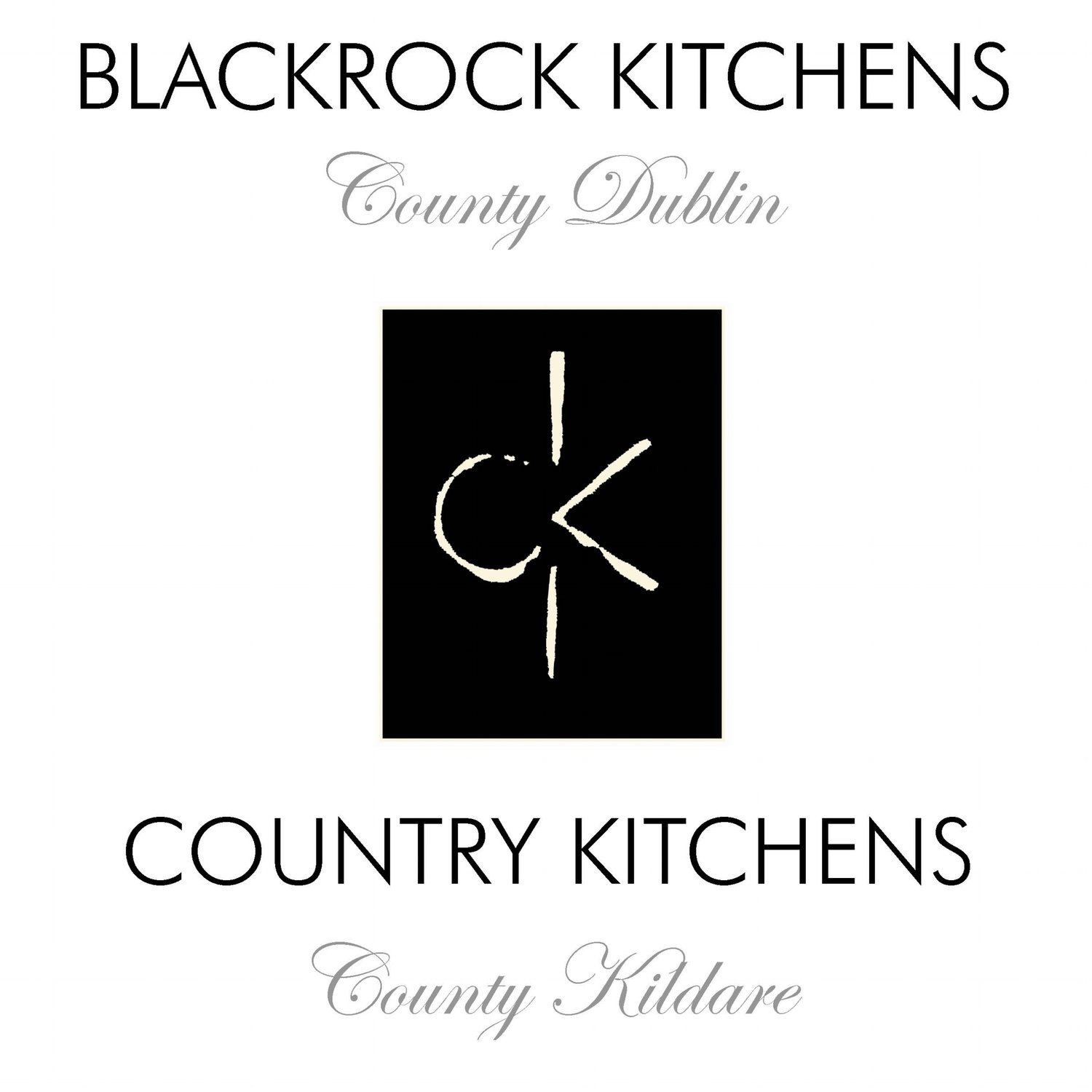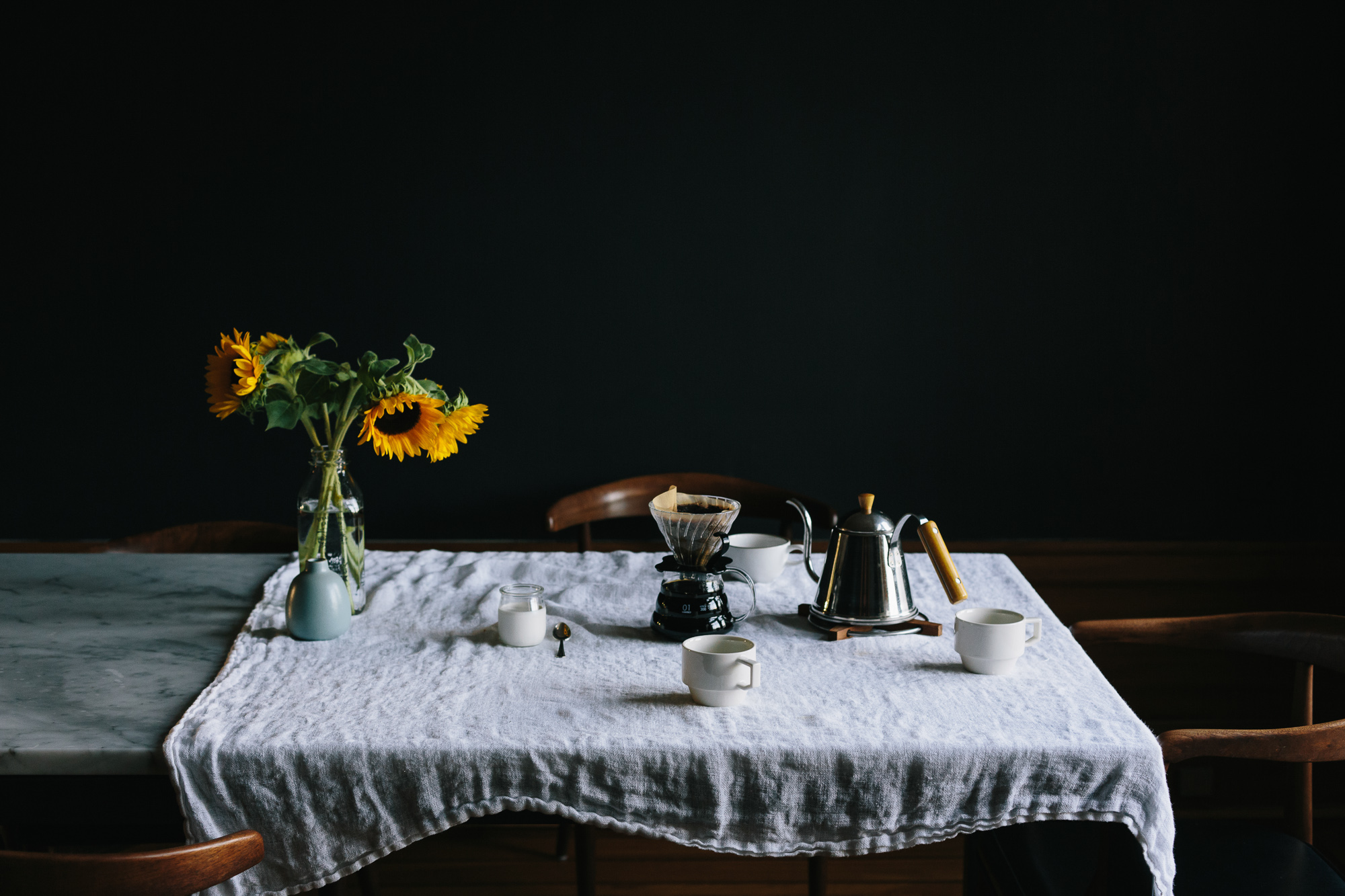Worktops - Solid as a Rock? ...Plastic Fantastic? ...or Wood for Good?
While your Door and Handle choice will create a significant portion of the "look" for your new kitchen... your Worktop will be a defining accent and deserves some serious research & consideration.
Great improvements in materials & production techniques over the last few years have increased the quality of finish and detail of nearly all today's work surfaces.
There's so much choice... what's out there?, what's good? & what's best for you?
QUARTZ STONE:
Without a doubt Quartz has been the go-to worktop for most new kitchens over the last few years. With ~95% Quartz mineral content, this reconstituted material provides an excellent surface for prep, cooking, serving and everyday use. It's almost impervious to stains, it's available in a huge range of colour palettes and it comes in completely plain block colours right through to highly patterned finishes. For balance of quality, durability and affordability, Quartz is the one to beat!
GRANITE:
Granite, the hard igneous rock, provides a naturally stable, solid and relilient worktop. With a broad range of colours, in the medium to dark range, granite is usually quite speckled or patterned. Whilst not quite as popular as Quartz, this natural stone finish is still the preferred choice for the clients who prefer the idea of "real" stone.... It is after all Solid as a Rock.
MARBLE
The beauty of Natural Marble is undeniable... unfortunately, so to is its susceptiblity to staining and scratches. This natural stone is quite porous and soft. Its cool surface temperature is a real favourite for bakers everywhere... but having to avoid Olive Oil, Red Wine, Citric Juices, Chilli, etc., etc. isn't really practical in most kitchens. Marble is often admired, but seldom selected.
CORIAN
A man-made material, the stand out benefit of Corian Worktop is the ability to configure interesting and unusual shapes and install seemlessly, without any apparent joins. A huge catalogue of colours & finishes is more than enough for most tastes. And you can even mould your sink in the same material! Unfortunately, it's not impervious to heat, scratches or staining, but if damaged it can be re-polished, and in most cases, brought back to almost perfect condition!
WOOD
Once it was the only "solid" worktop option... Now it's the road less travelled. Modern design and tastes have relegated Wood tops to the occasional breakfast bar or bench seat top. Solid Wood Worktops require significant maintenance, with regular oiling to maintain the protective patina. If looked after they will serve well, and provide one of the most hygenic work surfaces, but if neglected the surface can absorb stains and moisture, or dry out and crack. Whilst available in many wood types, the most common wood worktop today is Solid Oak.
STAINLESS STEEL
Previously the preserve of Commercial Kitchens and Laboratories, Stainless Steel worktops are gaining in popularity in today's Residential Kitchens due to their low maintenace, hygenic finish and modern appearance. It can be formed in a wide variety of shapes, sizes & thicknesses. It suits the sharp linear design that's so popular today. Like Corian, the Sink Bowl can be integrated seemlessly into a Stainless Steel Worktop. Non-porous and stain resistant, we anticipate the demand for Stainless Steel Worktops to increase significantly over the coming years!
LAMINATE
The ubiquitous "laminate" worktop is still an option, with some excellent finishes available from brands like Formica, Duropal, TopForm, etc. This non-solid material provides an excellent low-cost, good quality option for a kitchen surface. The ranges of colours has reduced somewhat in recent years, but the quality of the finish options has increased in return. For a small investment, this worktop material can provide decades of good & honest service.
OTHER WORKTOP MATERIALS:
Polished Concrete & Glass are two other options for worktops... but not often recommended and chosen infrequently. Getting the finish right on these materials first time, and keeping them in 100% tip-top condition, will make marble look like a very-low-maintenance option! Not for the heavy kitchen user or the faint hearted!!














